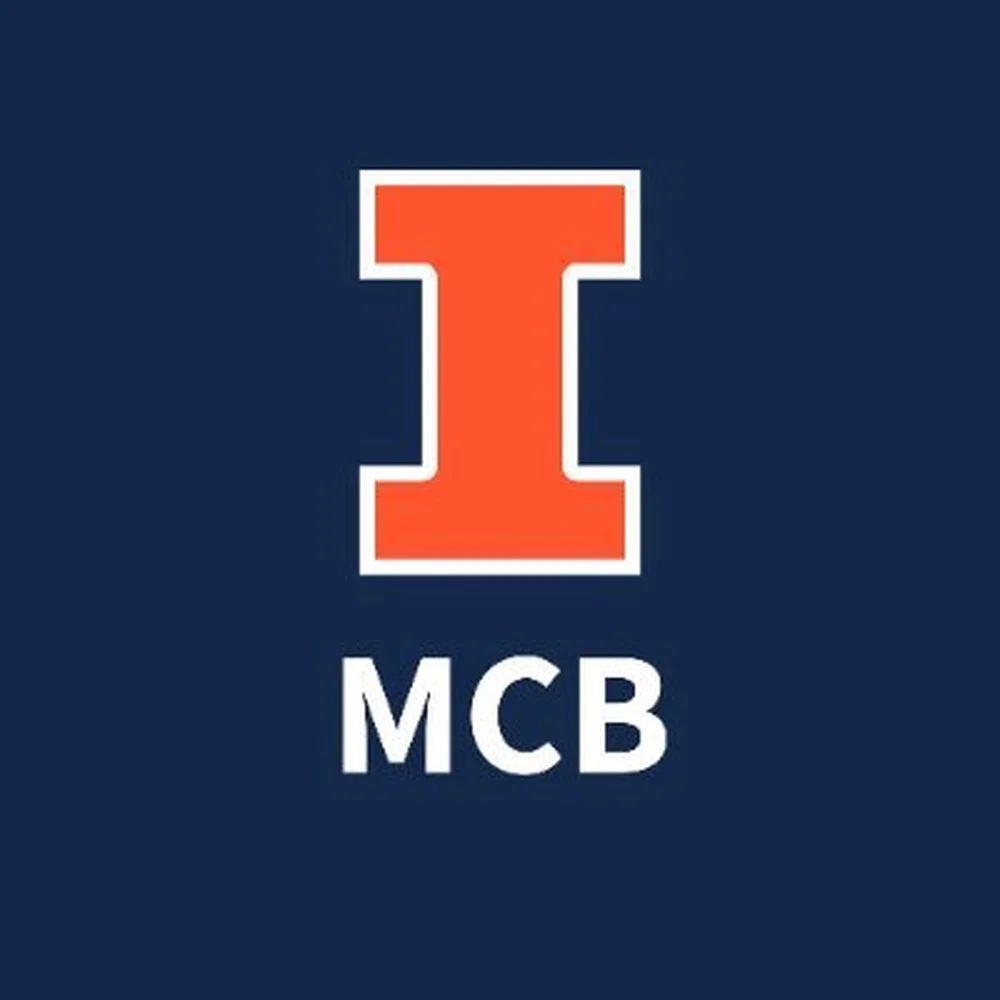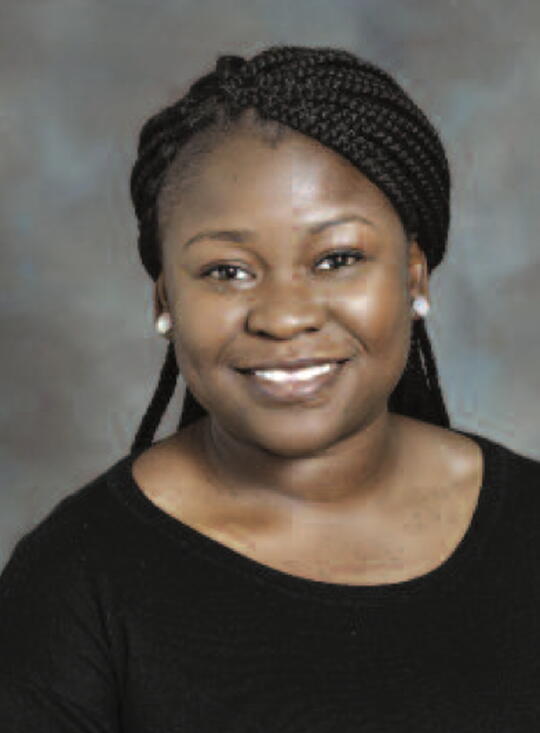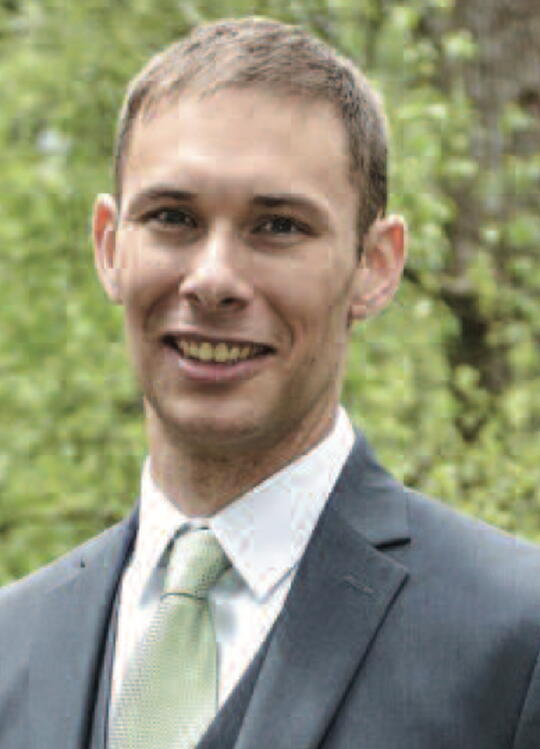
The Anakk lab explored the mechanism by which the liver can be protected from developing fatty liver disease. This work was also published in Hepatology and led by two former undergraduates of the MCB program, Oludemilade Akinrotimi (Demi) and Ryan Riessen along with another MCB alumnus, Phil Vanduyne. Using the same experimental mouse model with double knockout (DKO) of Farnesoid X Receptor (Fxr) and Small Heterodimer Partner (Shp), they found that these mice are lean and resistant to diet induced obesity.
“To learn why the mice are lean we examined their caloric intake, activity and basal metabolism,” said Riessen. DKO mice ate the same amount of food as the mice, which became obese but they were more active and burnt more fat. “Therefore we asked why are they more active?” said Akinrotimi. The answer was in skeletal muscle of these mice, which had more type I, or slow twitch fibers, with high oxidation capacity. “These mice were like marathon runners!” said Riessen.
Since the Anakk lab is focused on understanding liver diseases, they examined why the DKO mouse model did not develop fatty liver disease despite eating high fat containing food. It is typically thought that the receptor named Fxr (Farnesoid X Receptor) is crucial to control the amount of fat in the liver. Fxr functions by recruiting another receptor, Shp, to do its bidding. So when they found that really it was Shp that was important to causing fatty liver it was very surprising. “I didn’t believe it,” said Anakk. “I told them to do the experiment over and over again.” The study showed that Shp has a role of its own. The paper was highlighted in an editorial by Dr. Richard Green from Northwestern, who suggests that “Targeting Shp may be efficacious for drug development to treat fatty liver disease.”
“Research is really exciting and takes a lot of hard work,” said Anakk. “But what makes this journey truly stimulating are the individuals who make it happen. I have been very fortunate to have wonderful undergraduate and graduate students in my laboratory who have made my job easy, and it is to them I owe my success.”


